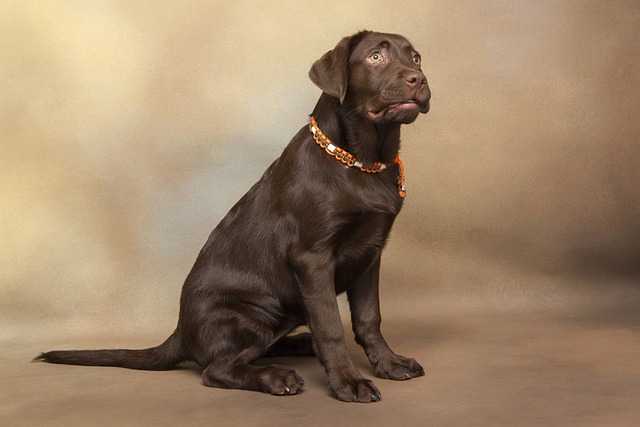
How do i train my dog to be obedient?
Watching your dog dart across the park ignoring your calls isn’t just frustrating—it can put them at risk near busy streets or public spaces.
If you’ve ever come home to a puddle on the living room rug or chased your energetic Labrador puppy around the house trying to get them outside in time, you know potty training can feel like a tough battle. Labs are smart and eager to please, but their high energy and small bladders (especially as puppies) make consistent training key for new owners.
Potty training works best when you tap into a Labrador’s natural habits: they prefer to avoid soiling their sleeping or playing areas, and they thrive on routine and positive feedback. For example, a 3-month-old Lab puppy can only hold their bladder for about 3 hours, so sticking to a schedule helps them learn when it’s time to go outside. Unlike some more independent breeds, Labs respond quickly to praise—this positive reinforcement builds trust and makes them want to repeat good behavior.
Start with simple, consistent steps to set your Lab up for success. First, establish a strict schedule: take them outside first thing in the morning, right after meals, naps, and playtime, and before bed. When you’re outside, choose a specific spot and use a cue word like “go potty”—this helps them associate the spot and word with the action. When they go in the right place, immediately give them a small treat and lots of excited praise (think happy voices and belly rubs)—Labs live for this kind of encouragement.
 Don’t forget to tie training to local rules and community habits. When you take your Lab outside, always bring poop bags—cleaning up after your dog is required in almost all neighborhoods, and it’s a basic courtesy to keep parks and sidewalks clean for others. If you live in an apartment, stick to designated pet relief areas if available, and keep your Lab on a leash when using shared spaces. These habits keep you compliant and help maintain good relationships with neighbors.
Don’t forget to tie training to local rules and community habits. When you take your Lab outside, always bring poop bags—cleaning up after your dog is required in almost all neighborhoods, and it’s a basic courtesy to keep parks and sidewalks clean for others. If you live in an apartment, stick to designated pet relief areas if available, and keep your Lab on a leash when using shared spaces. These habits keep you compliant and help maintain good relationships with neighbors.
Avoid common mistakes that slow down training. Never scold or punish your Lab for accidents—yelling or rubbing their nose in it will only make them scared to go near you, not teach them where to go. Instead, calmly clean up the mess with an enzyme-based cleaner (regular soap can leave smells that attract them back to the same spot). Also, be patient: even fast-learning Labs might have setbacks, especially during teething or when their routine changes.
With time, consistency, and lots of positive reinforcement, your Labrador will master potty training in no time. Remember, every puppy learns at their own pace—celebrate the small wins, and soon you’ll have a well-trained pup who knows exactly where to go when nature calls.

Watching your dog dart across the park ignoring your calls isn’t just frustrating—it can put them at risk near busy streets or public spaces.

New puppy owners often find themselves rushing to clean up accidents before they set in, and that’s where puppy pad training becomes a game-changer.

If you've noticed your dog's waistline disappearing and your veterinarian has mentioned those few extra pounds, your first instinct might be to simply reduce the amount of food in their bowl.

Training a dog to use a designated spot indoors isn’t as daunting as many new owners fear, but it does take consistency and an understanding of your pet’s needs.

That moment of dread on a walk is all too familiar for many new dog owners. You see another dog approaching down the sidewalk of your neighborhood

If the sight of another dog on your neighborhood walk makes your heart sink as your own dog erupts into a frenzy of barking and lunging, you're not alone.